
We’ve watched over the past couple of decades as the popularity of the ‘internet hack’ grew. Lifehacks, money hacks, cooking hacks – social media is brimming with hacks to make every area of your life a little easier.
The problem is there are probably more bad hacks out there than good ones. As we’ve come to learn, the internet, especially social media, is a pool of misinformation.
Enter gardening.
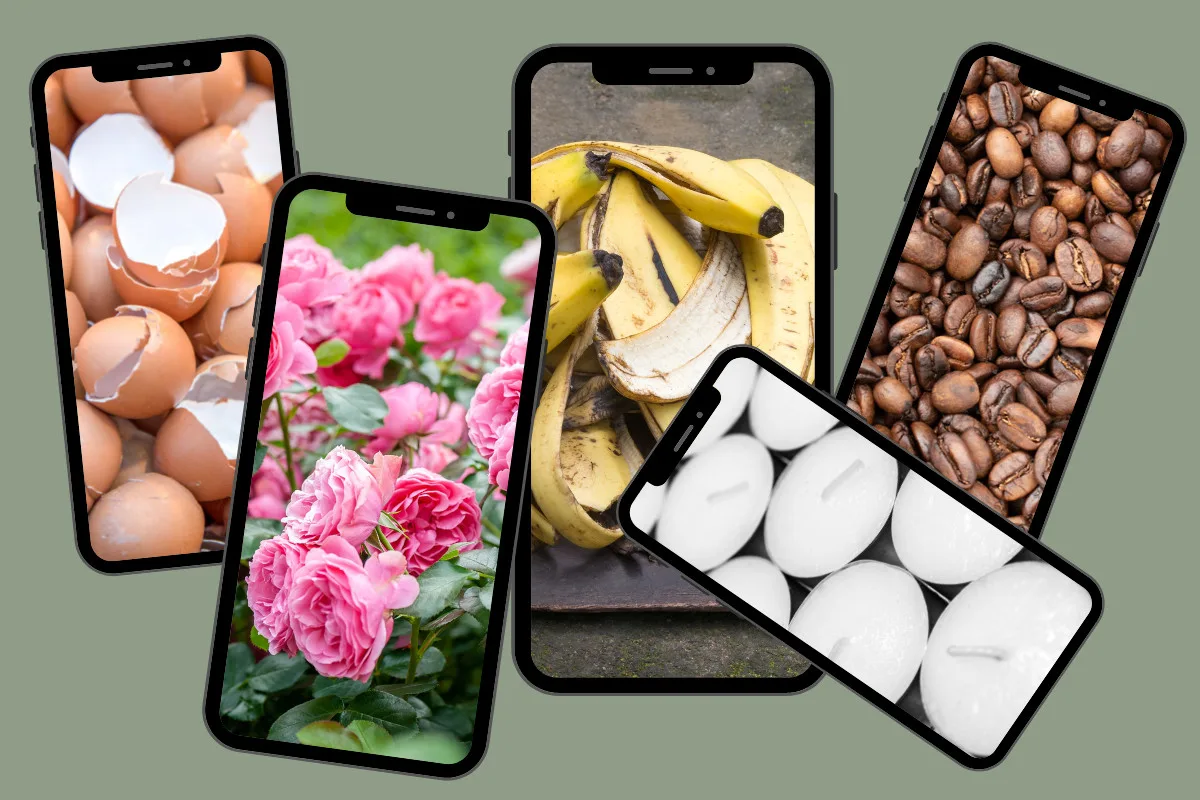
Gardening has a long history of misinformation. Because the human species has been participating in agriculture for millennia, there is a ton of gardening advice out there. And the vast majority of it is entirely anecdotal. Science has only just begun to sort through all the gardening lore.
At the end of the day, there are still more unknowns in gardening than certainties. And this vast body of gardening advice keeps getting passed from generation to generation – whether it works or not.
Combine social media with gardening, and you’ve got an endless supply of gardening hacks. How can you tell which ones work and which don’t? Sometimes the only way is to give it a try. And sometimes, your favorite gardening website does the work for you.
Here are five gardening hacks that are just plain bad. When these pop up in your TikTok feed, you can keep on scrolling.
1. Grow Seedlings in Eggshells
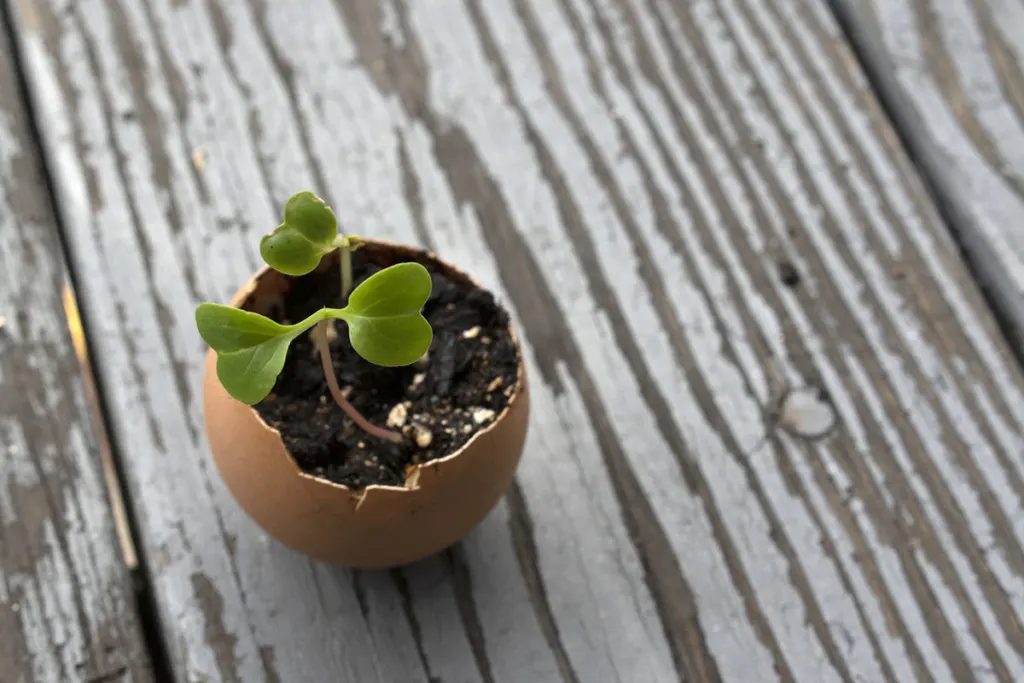
The idea behind this hack is that you’re repurposing something that would get composted to start your seedling. The eggshell contains nutrients the small plant needs, and the roots will push through it once planted in the ground, where it will break down, nourishing the soil.
It’s a great idea; it just doesn’t work that way.
I may have ascribed to this waste-reducing hack once upon a time. But experience has taught me better. In its most basic concept, yes, you absolutely can start seedlings in eggshells. However, the root system very quickly outgrows the small capacity of the eggshell. This happens long before the roots would be strong enough to break through the eggshell.
Instead, your seedling can’t develop the large root system it needs to grow, so it either dies or stays tiny and shriveled.
Sure, you could start the seeds in an eggshell with the intention of potting up as it grows, but because the eggshell is so small, you will be subjecting the tiny plant to transplant shock before it’s large enough to be able to recover.
There are better ways to utilize eggshells and far superior options for seed-starting containers.
2. Banana Peel Fertilizer
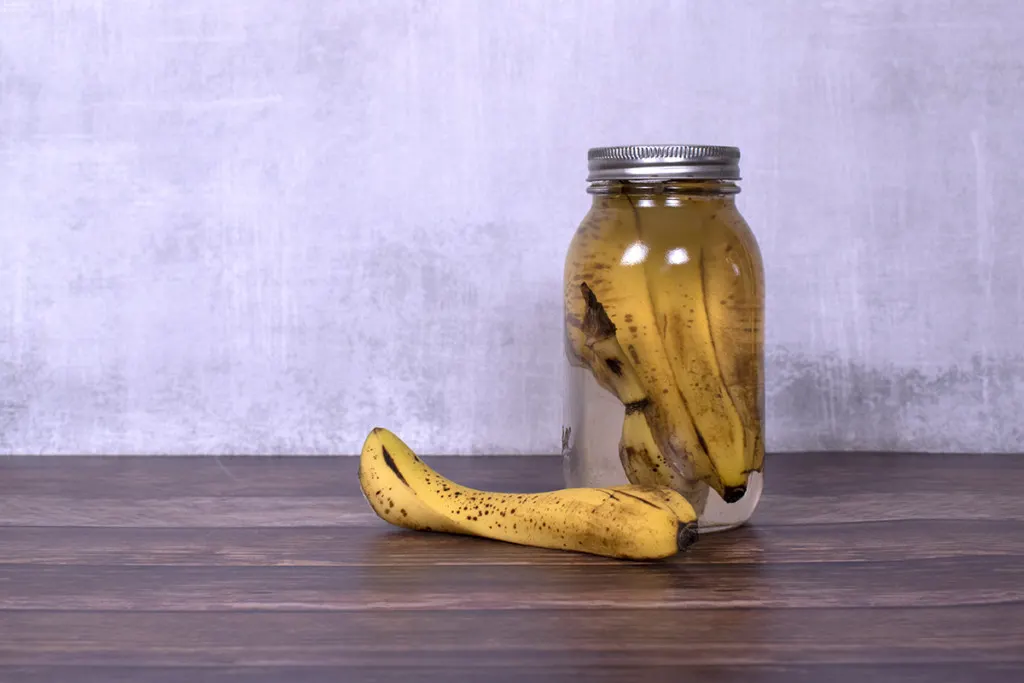
Yeah, this one is so popular I almost feel bad debunking it.
The idea is that you take a whole bunch of banana peels, chop them into small pieces and soak them in a jar filled with water. The resulting brew is supposed to be filled with nutrients that are great for your plants, things like nitrogen, phosphorous and potassium.
The problem with this hack is that those nutrients, although present in banana peels, are so minuscule as to be almost imperceptible.
You aren’t adding anything of consequence to the soil when you dump rotten banana peel water all over your garden.
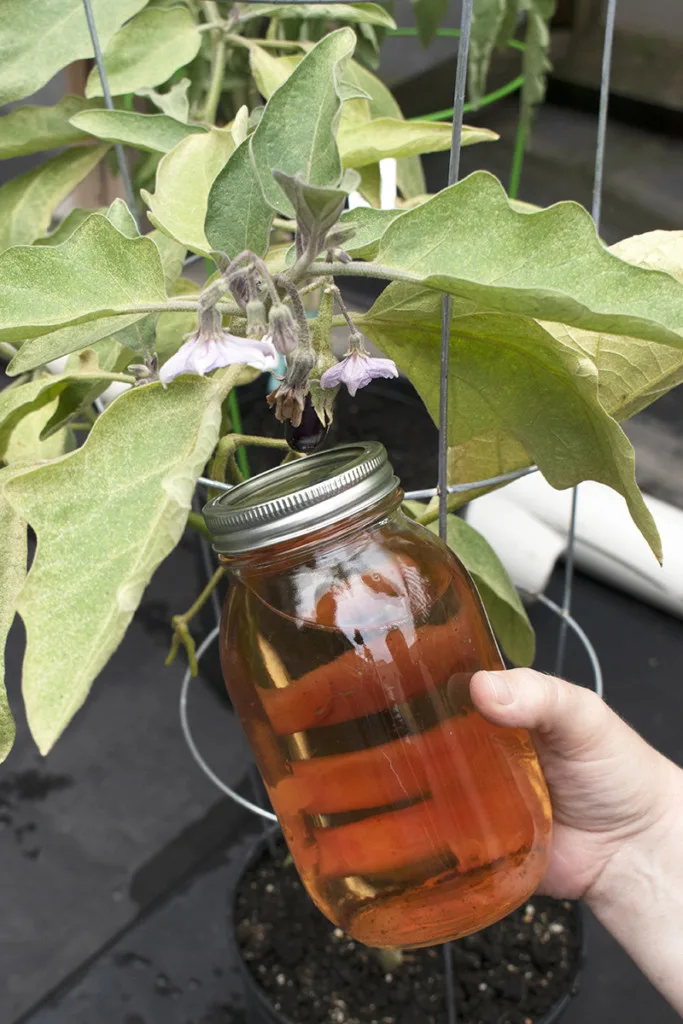
Add to that the fact that for organic matter to release the nutrients contained within, it needs to break down first, and you begin to see that you’ve got a jar full of brown water for all your troubles.
If you want genuine banana peel fertilizer, toss those peels in the compost bin and be patient.
3. Use Coffee Grounds to Acidify Soil
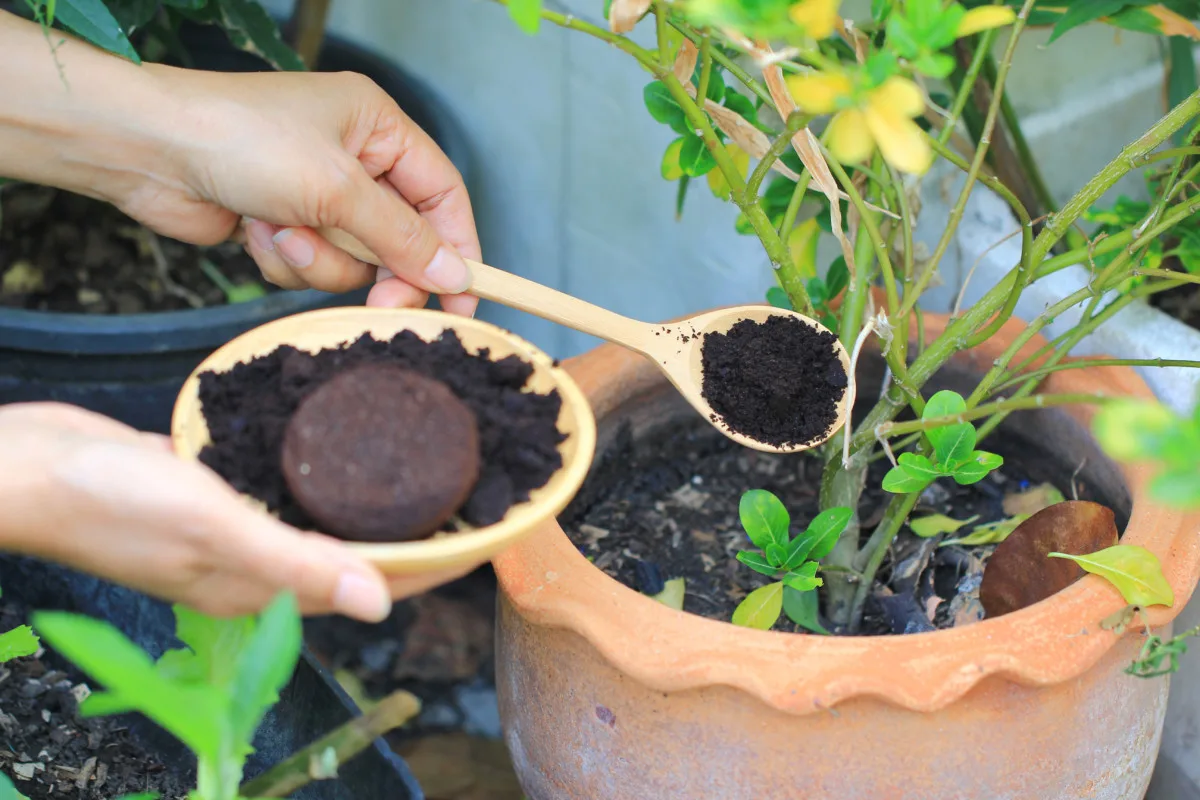
Coffee drinkers everywhere were finally justified in their daily habit when this popular hack started making the rounds. (And it’s been around for a long time.)
The concept is quite simple. Coffee is acidic. (Just ask my stomach.) There are popular plants that prefer acidic soil.
Lightbulb! Hey, let’s use those coffee grounds to raise the acidity of our soil!
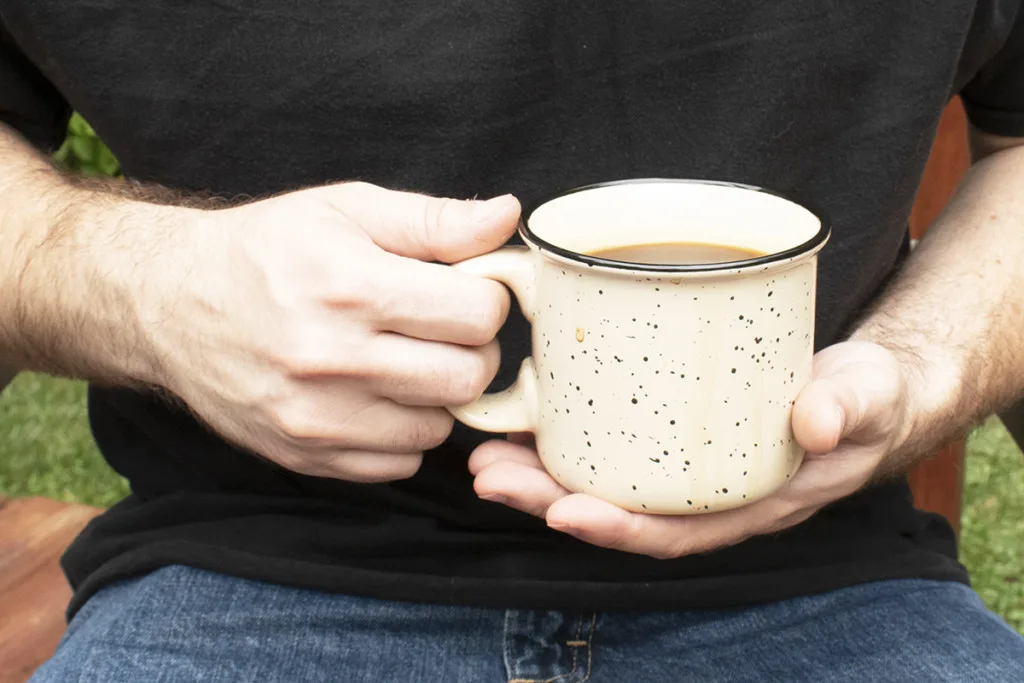
Unfortunately, the minute you brew your coffee, you’re removing the vast majority of acidic compounds from the coffee. You would have to dump a ton of coffee grounds on your soil to raise the acidity to the level preferred by blueberries, azaleas and other acid-loving plants.
Okay, Trace, you smarty-pants, what if I put unbrewed coffee grounds on my soil instead of used coffee grounds?
Touché.
Yes, using unbrewed coffee grounds will certainly be more effective in raising the acidity level of your soil. But your plants won’t thank you for it. While we humans enjoy coffee for its pep, caffeine has an entirely different role in the plant world.
Caffeine is a plant defense mechanism.
Caffeine-producing plants release the naturally occurring compound into the surrounding soil, where it effectively stunts the growth of nearby plants. This means the caffeine-producing plants get access to more light, space, and nutrients; you get the idea. Caffeine is not good for plants.
If you’re looking to raise the pH of your soil, it’s best to stick with tried and true elemental sulfur.
4. Propagate Roses with a Potato
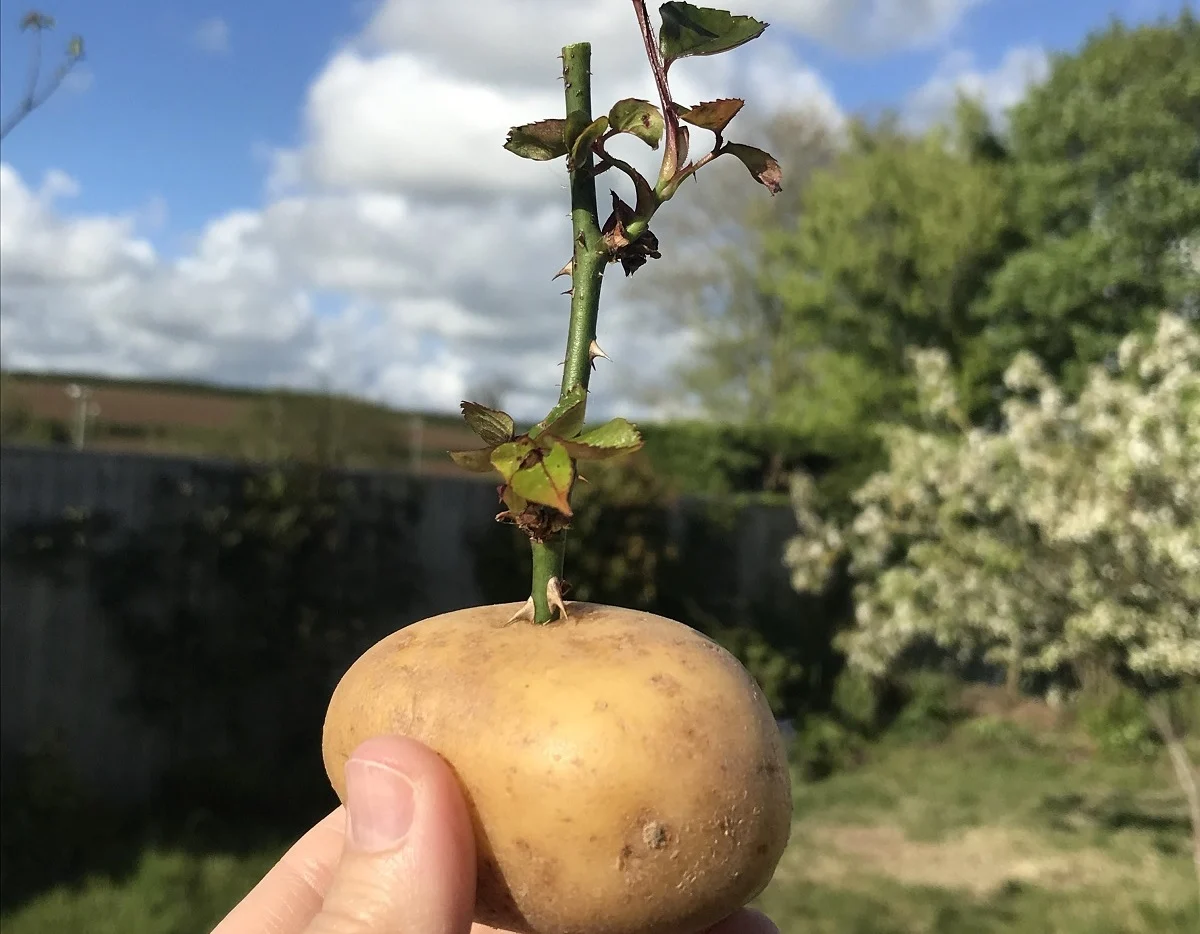
You’ve probably seen a video of someone taking a rose from a bouquet and poking the stem into a potato to root the rose in the tuber. I mean, we’ve all received that one bouquet we wish wouldn’t fade. Why not try and propagate a rose bush from a flower?
Supposedly the tuber keeps the cutting moist. Some call for the use of honey, some don’t. You ‘plant’ the potato in the soil, cover the cutting with a bell jar and wait.
I’m still not entirely sure why a potato, but when it comes to the internet and hacks, sometimes it’s best not to ask.
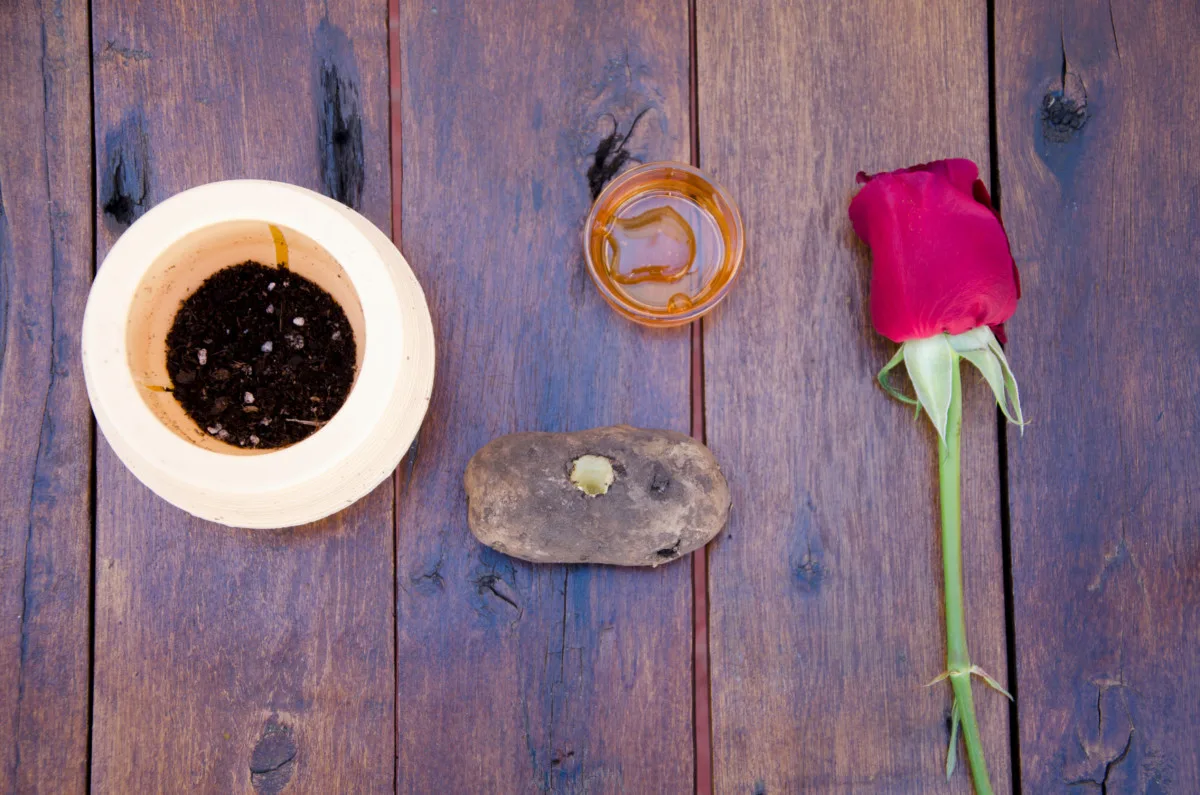
The problem with this hack stems from a naturally occurring gas and its effect on the production of primary root growth – ethylene. Without getting technical, ethylene interacts with an important growth hormone that inhibits root production when both are present. (It is pretty cool; you can read about it here.) Potatoes give off ethylene; granted, they aren’t huge ethylene producers, but it’s enough to stop the rose cutting from rooting. It also doesn’t help that potatoes produce more ethylene at the sight of a wound, like where you stabbed it with a rose stem.
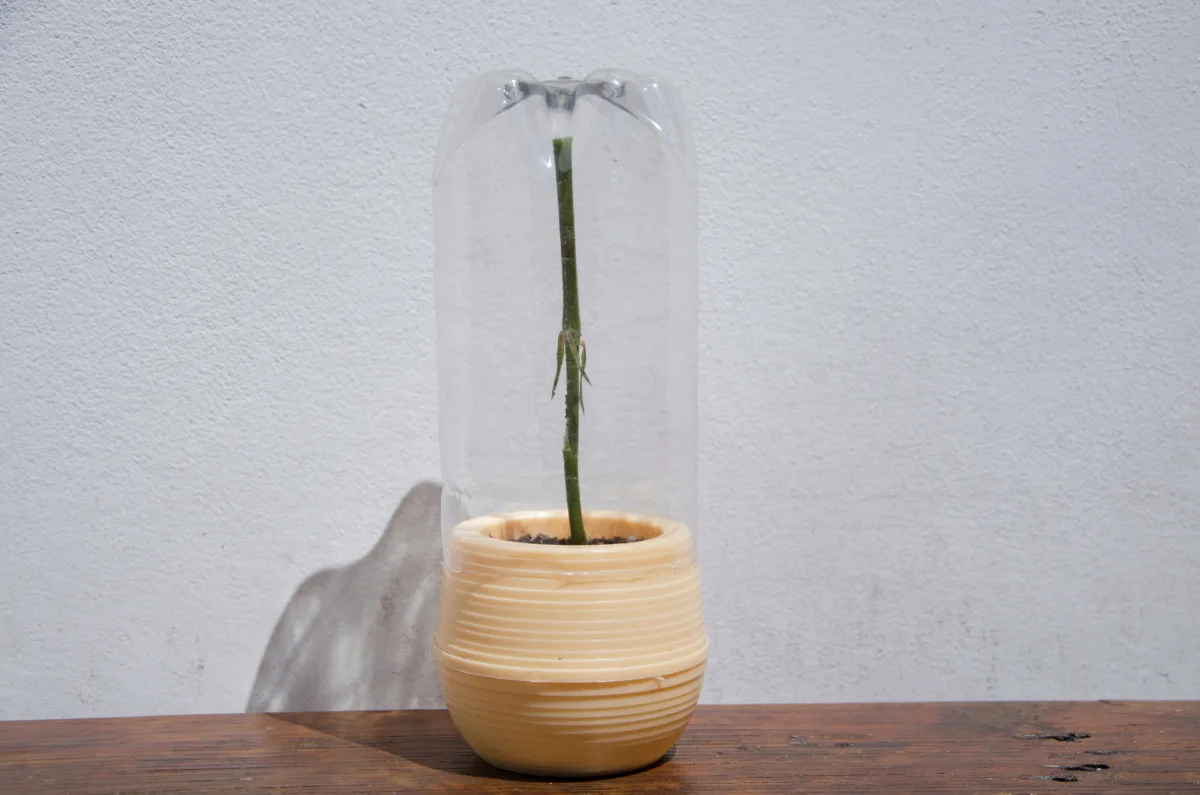
Burry this whole setup in a pot of soil, and at best, in two weeks, you’ll have a rotten potato.
5. Using a Terracotta Pot Heater to Heat Your Greenhouse
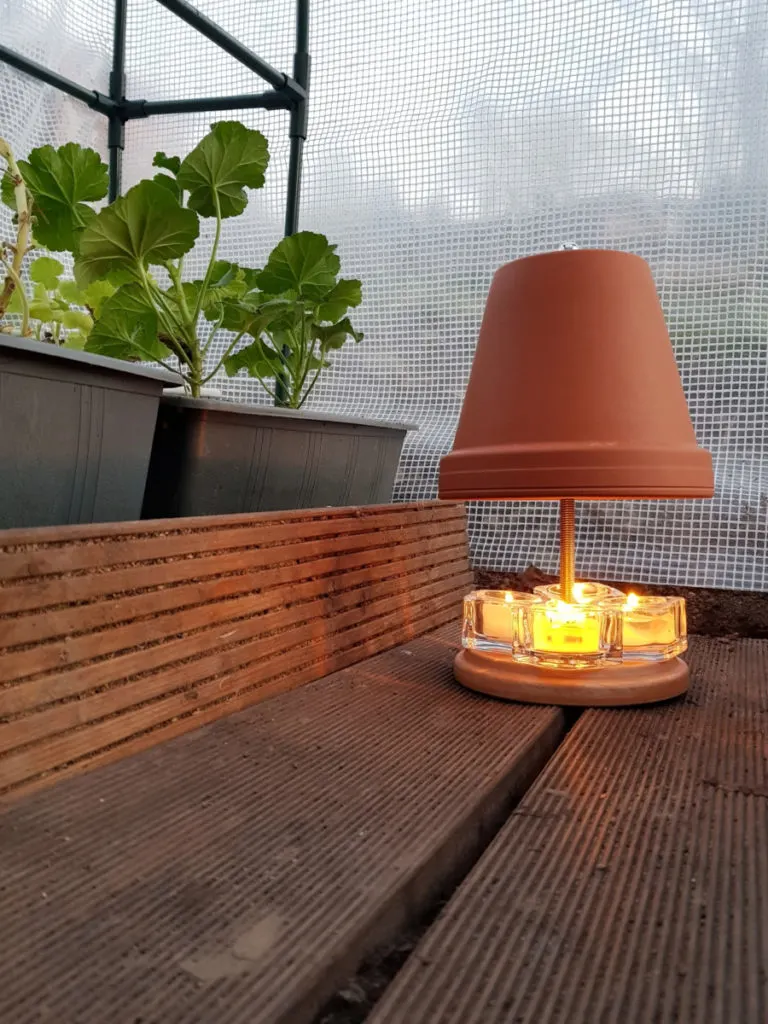
With climbing energy costs, terracotta heaters have been popping up all over social media. But gardeners have been touting them as an inexpensive and easy way to heat your greenhouse. Whether you’re looking to get a jump on the growing season in the spring or extend your growing season into the winter months, it appears all you need to heat your greenhouse is a few tealights and a terracotta pot and saucer.
The idea is that the tealight heats the terracotta, which then radiates all this glorious heat around your greenhouse, warming it up for all your plants.
I’m baffled by how many folks are missing the glaringly obvious problem here.
You’re trying to heat a greenhouse with a tealight candle. Even a handful of tealight candles doesn’t make sense.
Let’s take a trip back to high school physics. (Yeah, I know, you couldn’t pay me to go back to high school either.) Remember thermodynamics? The first rule of thermodynamics is that energy can’t be created. You can take energy and turn it into another form, but the amount of energy stays the same in a closed system.
In layperson’s terms, what this means is the heat (or energy) from that tealight candle stays exactly the same with or without the terracotta setup. It isn’t warmer because it’s absorbed and radiated by terracotta. With or without the terracotta pot, it’s the same amount of heat.
So how much energy is there in a tealight candle?

If you want to measure energy in watts, it’s around 32 watts, depending on the type of wax the candle is made of. If you want to measure it by BTUs, it’s around 100-200 Btus, depending on the wax. For reference, this little portable greenhouse heater puts out 1500 watts/5118 BTUs. The average space heater used to heat a small room puts out the same.
If you’re looking to heat a greenhouse, that tealight isn’t doing you much good.
Also, we seem to keep forgetting the fire hazard this presents. We want to keep the plants warm, not burn them to the ground.
Regarding garden hacks on social media, it’s the wild west out there. Good luck, partner.

Get the famous Rural Sprout newsletter delivered to your inbox.
Including Sunday musings from our editor, Tracey, as well as “What’s Up Wednesday” our roundup of what’s in season and new article updates and alerts.

